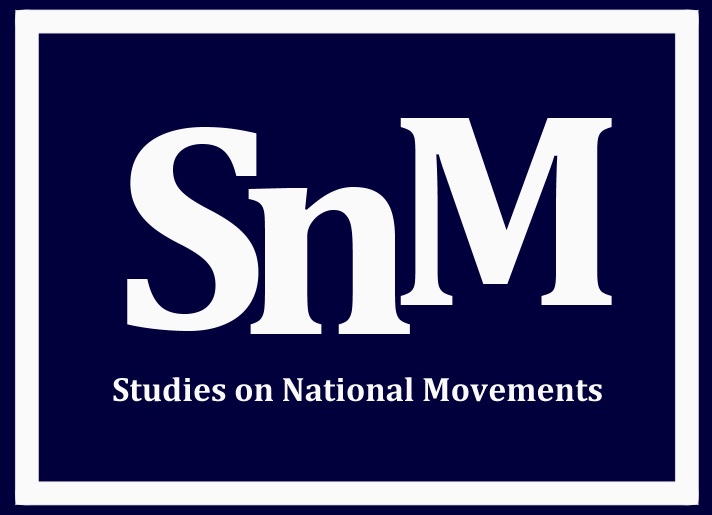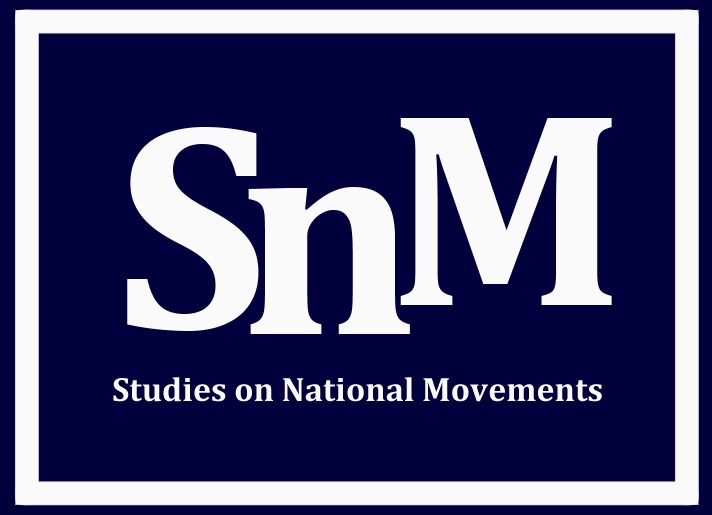Abstract
Discussing the position of heroes in the memory politics of particular cities, Germany emerges as a special case study. In Germany, parallel to the strengthening of a perpetrator discourse, the celebration of national heroes came to an end and heroes became cultural taboos. This shift from triumphal to traumatic remembrances, however, did not mean the solidification of German memory politics, nor a definitive and irreversible farewell to concepts such as Germans as victims or Germans as heroes. Yet, while various authors now discuss the topic of German victims with a growing emphasis, the gradual reappearance of heroic narratives is largely neglected. In this paper I argue that along with the German victim, a new figure of the German hero also returned in the public imagination of Germany. Focusing on various sites of remembrance in the Berlin neighbourhood Spandauer Vorstadt, I reveal that even though processes of memorialisation indeed show a strong estrangement from heroic narratives, the so-called silent heroes who tried to save people persecuted during WWII are also present in the scene. Elaborating on the house and courtyard of Rosenthaler Strasse 39, I show that silent heroes do not only stand for the cautious reintroduction and reinterpretation of heroic narratives in Berlin, but as the discussion of the House Schwarzenberg, Otto Weidts Workshop for the Blind and Silent Heroes Memorial Centre underlines also appear within the aesthetic context of counter-monuments and combimemorials.
Keywords: heroes, memory of politics
How to Cite:
Székely, J., (2015) “Heroes after the end of the heroic. Commemorating silent heroes in Berlin”, Studies on National Movements 3(1), 28. doi: https://doi.org/10.21825/snm.85395
Downloads:
Download PDF
View PDF

